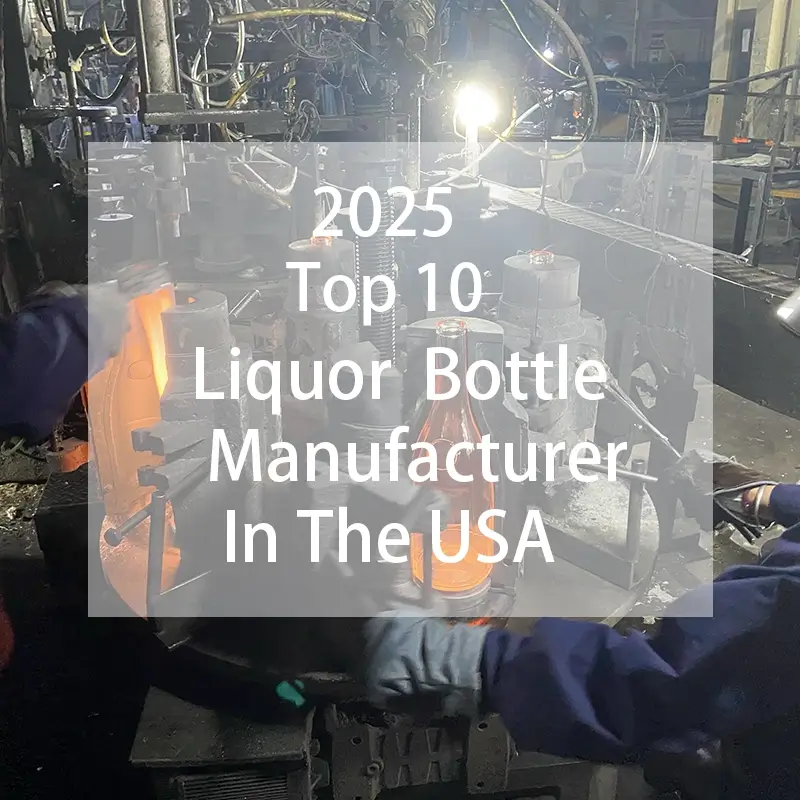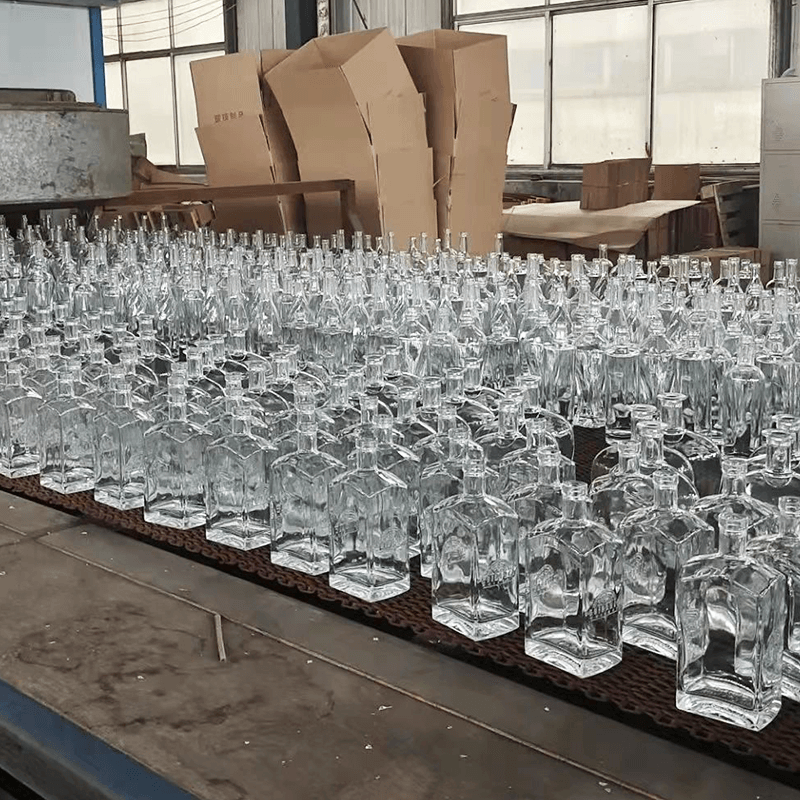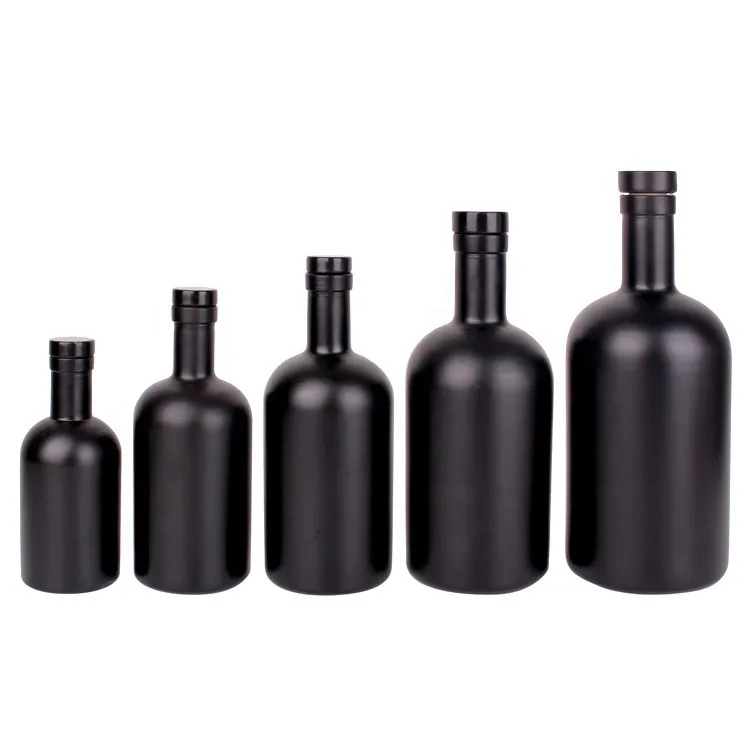How to Identify Good and Defective Glass Bottles: A Comprehensive Quality Control Guide
News June 20, 2025
1. Mold Inspection
Most glass bottle manufacturers produce based on customer-supplied molds or new molds developed from sample drawings. For key mold dimensions that affect the forming process, timely communication with the customer is essential when opening the mold. Any required modifications should be confirmed and approved.
Upon arrival at the factory, each mold (including mouth molds, blank molds, and blow molds) must be inspected against drawings or customer requirements to ensure compliance before production begins.
2. Initial Sample Inspection (Parts Inspection)
Before full-scale production, 10–30 samples are produced for inspection. From each mold, 2–3 bottles are randomly selected to check the following:
- Mouth Diameter (inner & outer)
- Accuracy and clarity of base markings
- Correctness of bottle body pattern
Once the bottles pass through the quenching line, a quality control inspector selects 2–3 samples per mold and performs a comprehensive inspection, including:
- Capacity and material weight
- Mouth dimensions (ID/OD)
- Leakage test using water-filled bottles with customer-supplied caps
- Internal pressure & stress testing
- Acid and alkali resistance tests
3. In-Process Quality Checks
If no mold changes occur, inspectors extract 2 samples per mold every 2 hours to verify:
- Bottle capacity
- Material weight
- Mouth inner and outer diameters
If a mold is replaced during production, the mold workshop must immediately notify the quality inspection team to resume relevant inspections.
4. Full Appearance Inspection
Once annealed, every bottle undergoes a visual and tactile inspection. Key defect categories include:
(1) Air Bubbles
- Mouth sealing surface: No bubbles over 1mm allowed
- Bottle body:
- <1mm: ≤6 bubbles/cm²
- 1–6mm: ≤3 bubbles spaced >20mm apart
- No burst or surface-penetrating bubbles allowed
(2) Crooked Neck
Caused by misalignment between the mouth and forming molds. Even if it doesn’t affect the sealing, it negatively impacts appearance.
(3) Oblique Bottom
Uneven material thickness at the bottom affects stability and product grade.
(4) Thick Sealing Line
Lines >0.5mm or rough to the touch are unacceptable, especially around the sealing surface. Caused by mold misalignment or wear and requires mold repair or polishing.
(5) Color Deviation
A bluish tint typically results from raw material imbalance. Adjusting the formulation can restore clarity.
(6) Mouth Diameter/Defects
Problems include:
- Small anti-slip ridges due to oil on molds, causing loose lids
- Deformation due to soft material, premature core pulling, or short mold cores
(7) Bottle Tilt (Seat Material Issues)
Caused by overly hot material or uneven cooling, sometimes due to particulate buildup.
(8) Thin Shoulder
Common in square bottles due to mold design and poor timing/material control, causing fragility during transport and storage. Use rubber mallet testing to detect weak points.
(9) Dull or Hazy Bottle Body
Caused by excessive mold release agent. Can be remedied by polishing mold surfaces.
(10) Rough Surface (“Hemp Material”)
Results from low furnace temperatures or fast feeder speeds, leading to undercooked material. Adjust feeding speed and material quantity as necessary.
5. Sampling Inspection in Storage
For packaged and stored batches, quality managers conduct AQL (Acceptable Quality Limit) sampling. Samples must be taken from the top, middle, and bottom layers. Qualified batches are clearly labeled and stored neatly. Unqualified batches are isolated, marked, and reworked until they pass.
6. Inspection of Decorated (Printed/Decaled) Bottles
(1) Fading
Occurs when the drying temperature is too low or the conveyor speed too slow, causing incomplete fixation.
(2) Poor Adhesion
Caused by low drying temperatures or unsuitable paper materials. Must be adjusted based on the paper type.
(3) Bubbling Under Decal
Caused by air trapped beneath decals or incomplete drying. Unqualified designs can be removed with hydrochloric acid and re-decaled.
(4) Mixed Packaging
Occurs when bottles of identical shape but with slightly different decoration are packed together, resulting in customer complaints. Strict control must be maintained during decal application, baking, inspection, and packaging stages.


